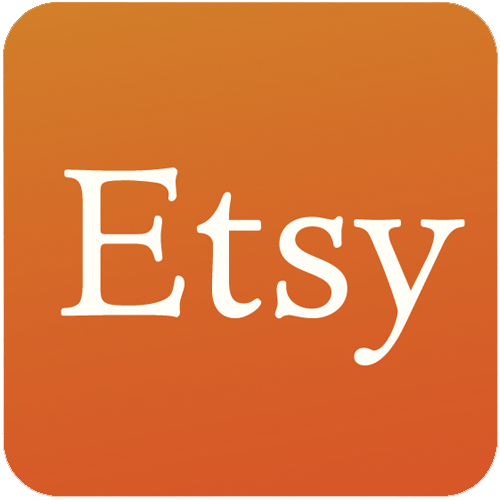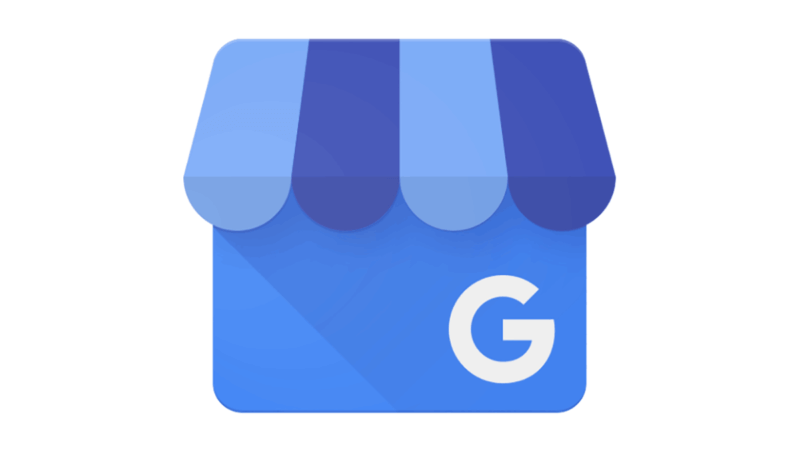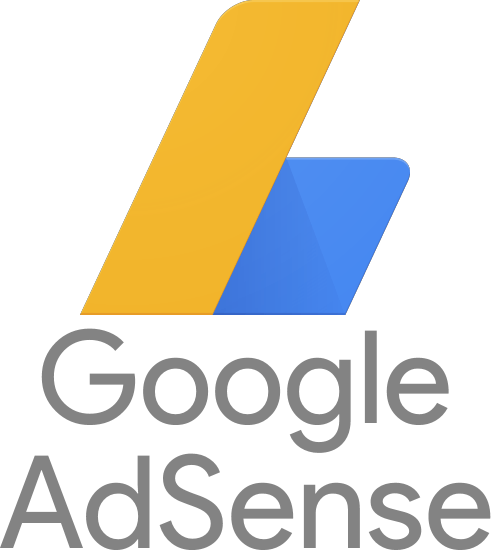How I Started A $12K/Month Business Selling Productivity Planners Online
Hello! Who are you and what business did you start?🔗
Hi, I’m Jess. I’m 34 years old from Tasmania, Australia. I started Chasing Planner Peace back in 2015 when I was pregnant with my third child. Originally we were based on Etsy and only sold planner inserts, however, we’ve now turned into a one-stop planner shop that caters to seasoned “planner addicts” who want to add to their planners, and also planner newbies who love the fact our shop is the only store in Australia you can custom build your own ring planner style planner.
Customers can choose their planner size, cover pattern, dividers, accessories and hundreds of refill options. We have over 300 “inserts” that cover everything from weekly, monthly and daily layouts to trackers for fitness, meal planning, habits, health, Christmas and birthday party planning. We also sell ready-made bundles for study, wedding planning, teachers and more. We really pride ourselves on having lots and lots of options so people can choose a perfect planner that suits their unique lifestyle and needs. For example, a busy mum of three who is trying to make time in her day to exercise is going to need a different planner to a young student who lives alone. We also offer very niche inserts such as for people using the National Disability Insurance Scheme in Australia - there is literally nothing else like this on the market.
Over the past few years, we’ve really expanded our range to not only offer planners and inserts, but also planner dashboards (beautiful cover pages), dividers, notepads, stationery items and more. We also recently started our subscription box service where every two months customers can receive a “Planner Peace Box” which is full of planner and self-care goodies. We have so many more plans for new products in 2020.

What's your backstory and how did you come up with the idea?🔗
When I started Chasing Planner Peace I was a mum of two very small children, working part-time in a job for the government. I found my job extremely unrewarding and boring and had a little avenue for creativity. I never dreamed that starting an Etsy store would lead to growing a company that could become a full-time career. I had always had it drummed into me to find a secure job and stick with it - don’t take risks!
After my second child was born I became interested in using a paper planner as a hobby. There’s actually quite a big community of people (mostly women) who combine organization and creativity and love using their planners as a memory-keeping, scrapbooking tool using stickers and washi tape to decorate.
I loved the idea of using Filofax type planners where you could really customize your planner by adding in what “inserts” (refill pages) you wanted. I would download printable inserts off Etsy for calendar pages, meal planning, etc. but I could never find a layout that really worked for me. I would also waste huge amounts of time, money and printer ink trying to print out the printable inserts - as every file was a different format.
Customers are hard to get - each one is an investment in marketing to get them to come to your website and spend money. If you can give them a good experience they will come back and tell others too. Focus on the long-game.
Eventually, I decided to design my own inserts. I wanted a layout similar to the popular Erin Condren planners so I could use planner stickers. I had been part of the planner community for almost two years before I decided to put my inserts on Etsy - I quickly thought up the name Chasing Planner Peace for my store as it was a bit of a joke in the planner community that “planner peace” is elusive - leading to many online purchases to find (or create) the perfect planner. At the time there were only one or two shops in Australia that sold printed inserts. I knew what Australian customers were lacking in our local market - colorful inserts, great quality paper and a wide range of different inserts.
All of these were available overseas in the United States, but the postage and the exchange rate made them financially out of reach for myself and many others. I am so surprised anyone bought my inserts. However, I quickly gained many customers and became super busy selling a wide range of printed inserts and also planner dividers and accessories. Many of my customers were actually from overseas taking advantage of the exchange rate. We continued to grow and become busier every month.
It was around two years after opening my Etsy store that I decided it would be a good idea to open a Shopify store just as a backup to Etsy. I figured only my VIP customers (at this time, only around 500 people) would use my website and I imagined Etsy would be the main source of sales. The Shopify site took off like I never would have anticipated. It’s allowed us to expand our product range far beyond just planner inserts. We now sell our own brand of Filofax-style planners, over 200 (maybe 300) styles of planner inserts, dividers, pens, notepads, a subscription box service and far more. In our busy time of year, our monthly revenue is approx $25,000 and allows me to work full time from home and employ two people part-time.
Take us through the process of designing, prototyping, and manufacturing your first product.🔗
My first planner inserts were actually terrible compared to what we produce now. I had no idea what I was doing and hadn’t considered packaging, postage or branding at all. I whipped up a logo in MS Paint of all things.
My first inserts were designed using Microsoft Publisher (don’t worry, I now use professional software) and took me many, many nights after my children had gone to bed. I knew from my own experience planning what would be popular and what was lacking in the market. As an avid planner user myself I knew exactly what I wanted, and so that’s what I made.
We invested very little financially into the business, to begin with. I went off to Officeworks with my husband and spent $200 on an inkjet printer and some paper. I worked on my living room floor and then on a tiny desk in the kitchen. Since then, we’ve slowly upgraded and researched to find the best paper on the market, and we now run two commercial printers in a dedicated office in our house. I’m very lucky that we print everything in-house to order, so we can test new products and if they aren’t popular, we just remove them from the website.
We didn’t need to outlay thousands of dollars on stock we had manufactured elsewhere. Many of our first designs started as custom requests from customers, and slowly the range of products we offered grew and grew.
We started on Etsy which is very easy to set up and perfect for a novice. Our first photos were appalling quality yet somehow we still got sales. Over time we got 5-star reviews and more and more orders. It was only after we decided to set up on Shopify that we had a lot of requests to offer our own range of planners, and this is when we started manufacturing with a factory overseas. We originally thought most of our customers would already have planners and would just be shopping with us for inserts. We really didn’t expect to sell many planners at all, but just wanted to offer a small range in case people asked (which they occasionally did).
Our first order was for three plain colored planners in teal, pink and navy and cost us about $4000, which seemed like a huge risk. What if the quality was no good? What if people didn’t want to buy them at all? Everyone wanted to tell me their horror stories of dealing with factories overseas. These concerns were unfounded, as we were very happy with them and so were our customers. Offering our own range of planners was a brilliant business move, as it allowed us to reach customers who weren’t already “planner addicts”.
We started offering starter bundles with a planner, dividers and lots of inserts, which have been hugely popular. Now our planner line is a major part of who we are and our identity. We have a great relationship with our factory overseas and would love to one day visit in person. It’s exciting coming up with new planner designs - as many of the current planners available through other brands are very plain.

Describe the process of launching the business.🔗
I was very lucky that my target market was, in fact, the community I was already part of - planner addicts. I was part of (still am part of) a Facebook group called Planner Addicts Australia and so could share in this group when I launched. As there were very few options on the market at the time for quality planner inserts, lots of people in this group were willing to give me a go (despite my shocking product photography, amateur logo, etc). Also being on Etsy gave me access to a lot of organic traffic, and I think many people originally bought from me because I offered custom designs. Once I started getting good reviews and adding more products to my store it just continued to get traction.
It wasn’t a hugely planned out thing to launch Chasing Planner Peace - it was quite spontaneous to open up an Etsy store and see what would happen.
Since launch, what has worked to attract and retain customers?🔗
We are so lucky that we sell a product that customers can keep adding to overtime. We have many customers who have placed 20 or more orders with us. Once people get hooked on planning, new planner goodies can be something that people love to treat themselves to on a regular basis. We have a 39.9% return customer rate and that’s pretty high. We also absolutely go out of our way to provide great customer experience. I work really, really hard to get orders out as quickly as possible, and if we make a mistake we go above and beyond to fix it. If I see someone has possibly made a mistake ordering - for example, ordered all one size inserts except for one product in a different size - I’ll email them to make sure.
We use our VIP group on Facebook as a great place to keep in touch with our customers and make them feel valued. Our VIPs get regular updates on order processing, new releases, input into new designs and lots of them share their planner layouts and orders from Chasing Planner Peace in the group.
One of the best things we did to increase sales was to offer Afterpay (a buy now, pay later payment method). At first, I was very nervous as the fees are quite high, but it’s really brought quite a lot of new traffic to the store. Because we have a high customer return rate any new customers we can get are really valuable in the long term.

How are you doing today and what does the future look like?🔗
At the moment our business is at the stage where for 10 months out of the year I can draw a full-time wage and support my family. March & April are always very quiet for retail in general, and especially in the planner community. We average a $20k a month turnover over the full year, however, we have outlay large amounts into manufacturing planners and upgrading our office equipment so our profit margins aren’t always quite as impressive. We now feel we are at the stage where we can start to see some healthier profit margins. Our annual revenue is increasing every year, which is really great.
Don’t spend too much time on “fun” things like packaging, website design, etc. If your product is good, it doesn’t matter too much what your logo looks like.
We now print our inserts in big batches using commercial printing, cutting, and drilling equipment. This has enabled us to be much more efficient than in the old days when every order was printed to order straight onto A5 paper and then punched by hand. Printing in batches has allowed us to really up our “ready to ship” stock, which makes us much faster at fulfilling orders.
Our team is now myself, my assistant Clio (who works from home and does all our social media, newsletters, helps with customer service and also is a great source of new ideas and a sounding board for my thoughts), and Jane who helps pack orders.
We have big plans for expanding our range of inserts - there are still several styles we don’t offer, and we’d really like to also offer different products as well. We’re very keen to start selling planner stickers as there is a huge demand for these.
Through starting the business, have you learned anything particularly helpful or advantageous?🔗
I have learned so much. I really went into it with the philosophy of “progress beats perfection”, and started with next to no skills in photography, graphic design, printer technology, or e-commerce. Everything I’ve learned has been completed on the fly, but I think that’s worked to our advantage to really grow as our customer base has grown as well.
We’ve made plenty of mistakes. Things I do differently now to when I started is, I don’t take on custom work, I charge what my products are worth - and if someone says it’s too expensive, that’s fine. I always say if at least a few people aren’t saying you’re too expensive, you’re not charging enough.
What platform/tools do you use for your business?🔗
Most of our sales are now on our website which is on Shopify. We use a paid theme by Out of The Sandbox. We also still sell on Etsy. We get most of our traffic through Facebook - mostly by sharing our products in Facebook groups that allow advertising. We have a very active VIP group on Facebook. We also get some traffic via Instagram.
We have a small marketing budget but we use this on Facebook ads and have recently been experimenting with paid influencers on Instagram. We also send a few free planners a year to Brand Reps, who take photos for us and share on Instagram in exchange for the free products.
Clio and I use Trello and Google Calendar to stay updated with what the other is working on. We also use Google Drive to share files as Clio works from home. I use Quickbooks for my book-keeping (and hire a bookkeeper to do all my finances).
The apps we use on our Shopify website are Judge.me, Selly and Recharge. These are great. Judge.me is highly recommended - it sends your customers emails prompting a review once they’ve received their order. Testimonials and reviews are invaluable for encouraging new customers to make a purchase. We also use email marketing (we use Omnisend), however, we are really conscious to only send emails out once or twice a month.
What have been the most influential books, podcasts, or other resources?🔗
One of my favorites is How I Built This by Guy Raz. He interviews some big names and I absolutely love hearing about how other entrepreneurs began their journey. I think the most important thing I’ve learned is there is no right way. Some people get investors on board early and spend a lot of money before launching and others take many, many years growing very slowly and make lots of mistakes.
A great Australian podcast that I love is The Bite-Size Biz Room which has extremely useful “bite-sized” pieces of advice that are really easy to implement. The host, Kayla Houlihan, runs a multi-million dollar skin care company here in Australia and is so generous with sharing what has worked for her.
Advice for other entrepreneurs who want to get started or are just starting out?🔗
You really, absolutely, do not need to have a perfect business or invest thousands of dollars into a business before you start. Just start and figure it out as you go. You will definitely make lots of mistakes, but that’s part of the process.
My one big bit of advice is a bit of a cliche, but customers are the life-blood of your business. They are the people who put food on your table, so be nice to them! So often, in merchant groups, I see people arguing with their customers, not communicating with them or not helping resolve missing parcels, etc. Customers are hard to get - each one is an investment in marketing to get them to come to your website and spend money. If you can give them a good experience they will come back and tell others too. Focus on the long-game. You might lose money on one order by giving a refund but overall your business will be much healthier.
Also - don’t spend too much time on “fun” things like packaging, website design, etc. If your product is good, it doesn’t matter too much what your logo looks like. We’ve been in business for over four years now, and only just paid for a professional logo recently. Concentrate on providing a great product and great service - customers don’t really care what your logo is.

Where can we go to learn more?🔗
If you have any questions or comments, drop a comment below!

Download the report and join our email newsletter packed with business ideas and money-making opportunities, backed by real-life case studies.

Download the report and join our email newsletter packed with business ideas and money-making opportunities, backed by real-life case studies.

Download the report and join our email newsletter packed with business ideas and money-making opportunities, backed by real-life case studies.

Download the report and join our email newsletter packed with business ideas and money-making opportunities, backed by real-life case studies.

Download the report and join our email newsletter packed with business ideas and money-making opportunities, backed by real-life case studies.

Download the report and join our email newsletter packed with business ideas and money-making opportunities, backed by real-life case studies.

Download the report and join our email newsletter packed with business ideas and money-making opportunities, backed by real-life case studies.

Download the report and join our email newsletter packed with business ideas and money-making opportunities, backed by real-life case studies.















